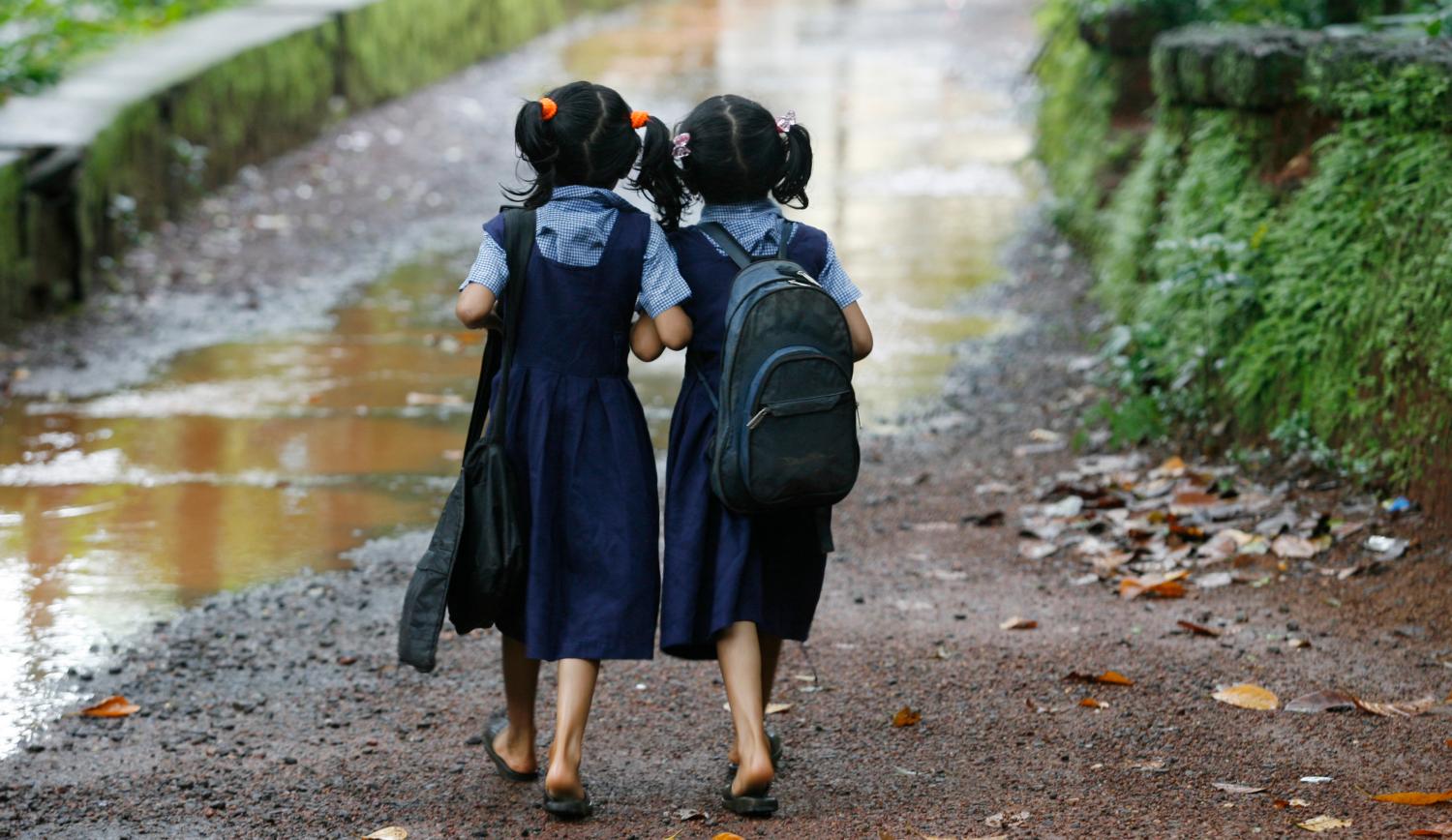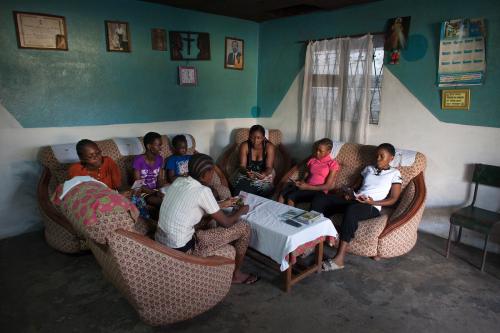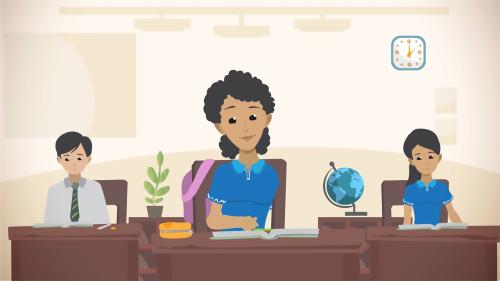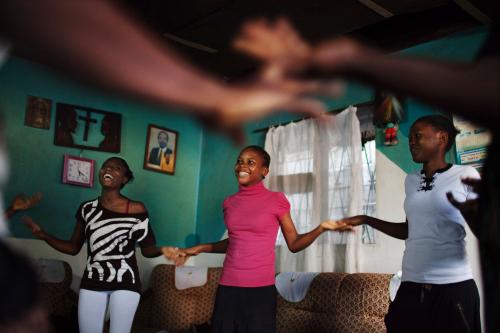How can young women in developing countries best be prepared for success in their lives and livelihoods? Life preparation requires learning different types of knowledge and skills in formal, non-formal, and informal learning contexts. Since the advent of the Education for All initiative in 1990, the international community has recognized that in addition to academic knowledge like basic literacy and mathematics skills, young people need to learn so-called “life skills”. Life skills are the combination of skills (what one has), knowledge (what one knows), and attitudes (what one believes and values) that constitute a set of competencies (what one can do) that enable youth to adapt to, function and thrive in society. They enable individuals to translate knowledge, skills, and attitudes into specific behaviors to cope with, navigate, or transform life’s challenges. To successfully function as adults in society and to navigate the social, economic, and political challenges of the 21st century, young people must be able to think critically, participate politically, live peaceful and healthy lives, create and pursue economic opportunities, navigate and use new technologies, and process information in ways that translate into positive individual and societal development.
While there is international recognition of the importance of life skills for child and youth development—particularly for achieving positive behavioral change and health outcomes—more knowledge is required to better understand the broad spectrum of life skills that young women in developing countries in particular require, and how non-formal education contexts can best deliver these skills. Young women in these contexts face particular challenges in advancing socially, politically, and economically due to poverty and gender-based discrimination. While the formal education sector is expected to deliver the skills young women (and men) need to overcome these challenges, the non-formal sector has emerged to become an important space for life skills development, particularly for girls who may have dropped out of school. Yet, while there are a quite a number of existing non-formal life skills programs that target young women in developing countries, there are few studies of their scope, number, and curricula.
We set out to help fill this knowledge gap through a systematic cross-national study of non-formal life skills programs for girls. This study has three main research questions. First, we are interested in knowing more about the life skills programming landscape: What non-formal life skills programs are being implemented in developing countries that benefit adolescent girls? Who do these programs serve? What teaching methods do they use? Second, we want to know more about the design of these programs: What do these programs teach and why, and how does political, social, and economic context shape the content of programs in terms of determining what skills are viewed as most important to teach to girls? Third, we are interested in the intended outcome of life skills programs: what outcomes are life skills programming aiming to help girls improve?
We adopted a three-stage approach to answering our research questions. First, we conducted a comprehensive review of the relevant literature on life skills programs for girls, so as to establish the existing knowledge base. We then mapped non-formal life skills programs benefiting young women in the three countries, and collected data on a total of 103 programs. Finally, we surveyed 779 adolescent female program participants and 54 project managers, and asked follow-up qualitative questions with 30 participants.
Key findings
1. Literature Review
- On balance, the few existing rigorous evaluations of life skills programs benefiting young women conclude that these programs generally positively influence psycho-social and attitudinal outcomes, health, and relationships. They can help to prevent early marriage, and they help to develop important economic and cognitive skills.
- There is a lack of systematic documentation across countries on what kinds of life skills programs are being offered to girls across developing countries and by whom, how these programs are designed, and what outcomes they intend to achieve.
2. Program Landscape
- Despite the generally positive findings in the academic literature on life skills in developing countries about the impact of life skills programs on girls, the programs we surveyed do not seem to always serve the most vulnerable girls. This is further confirmed in the results of the survey.
- Life skills programs use a variety of teaching methods and emphasize the use of participatory activities in training sessions.
- Most life skills program instructors are trained and regularly evaluated. Programs also claim that they are regularly evaluated.
- Most life skills programs involve community members in program delivery, but do not always require parental consent to participate.
3. Program Design
- The most commonly taught skills in non-formal life skills programs for girls are social and interpersonal skills.
- Program content is generally aligned with the skills that beneficiaries desire.
4. Program Intent
- Participants report greater gains and impact on specific cognitive, health, and personal growth areas in which they exercise high levels of personal agency, than on structural challenges like employment prospects and marriage over which they have little personal control or agency.
- Participants are generally highly satisfied with program content, and they prioritize attending trainings.
Based on the findings from this study, we recommend a number of steps in research and practice to improve knowledge about non-formal life skills programs for vulnerable adolescent girls. First, further research on this topic is needed to better understand how and why programs have an impact on beneficiaries. Second, process-based longitudinal evaluation is needed to see how and whether girls are learning specific types of skills and how they apply them in their lives. Third, many life skills programs appear to teach several skills in combination, and further research is required to understand whether the successful acquisition of skills, as well as translation of skills into change, is a function of skill inter-dependency. Fourth, programs should alter their recruitment methods so as to ensure they benefit the most vulnerable girls. Doing so requires more investigation to know what funding incentives program administrators are responding to in designing and delivering programs. Finally, more investigation into—and connection between—formal schooling and non-formal life skills programs is required to understand how the two may better work in tandem to strengthen life skills development for vulnerable girls.









